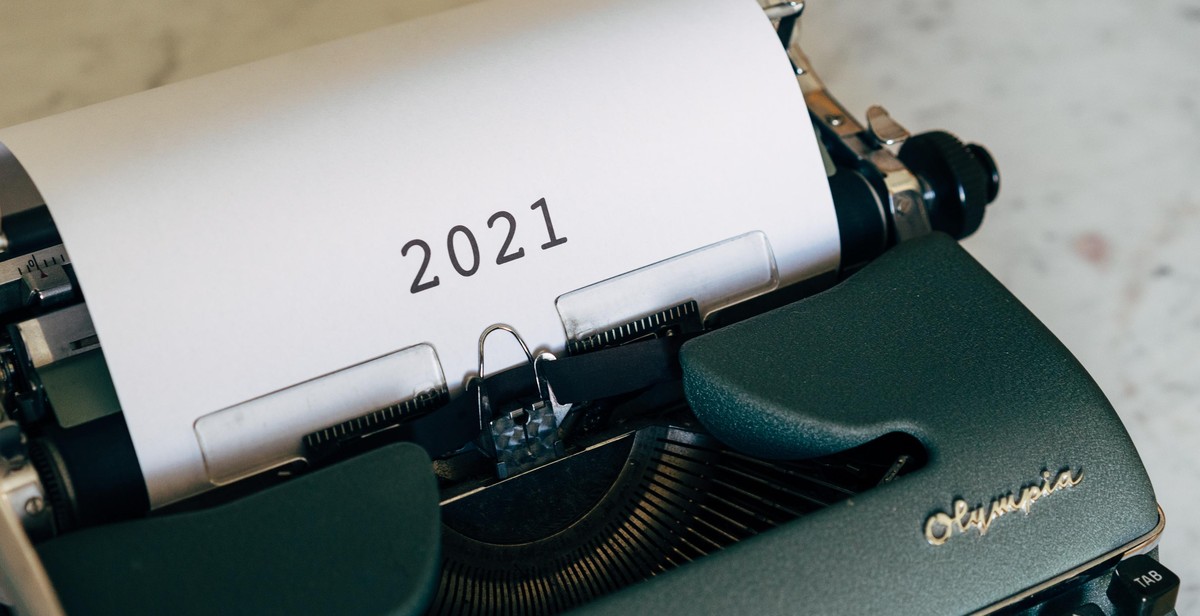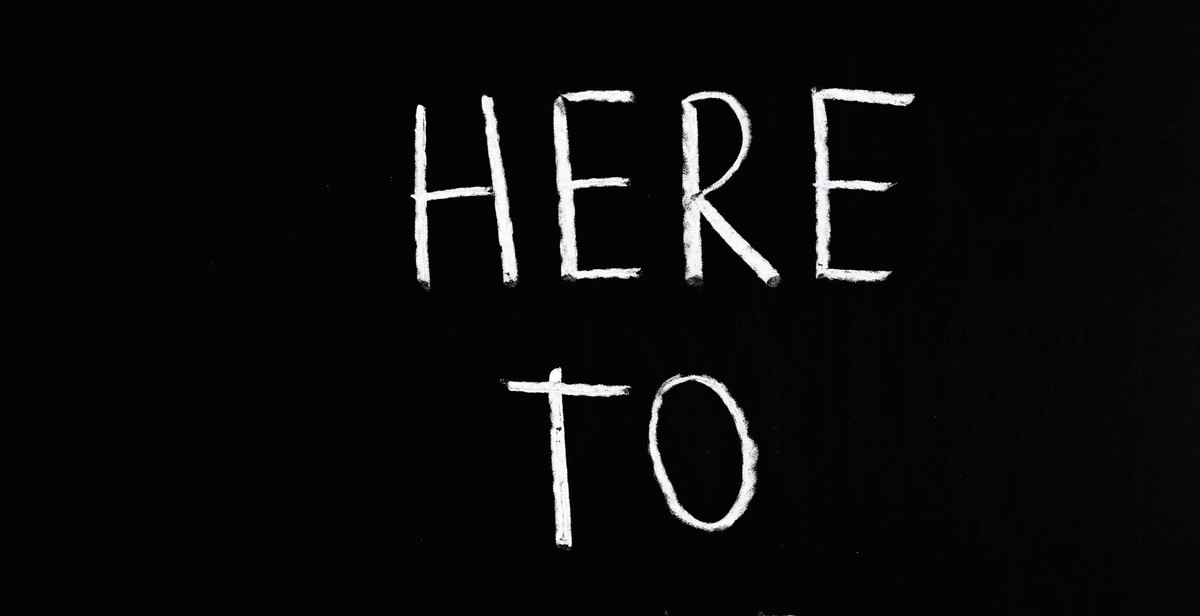How to Restore Vintage Fonts: Preserving Nostalgic Typography
Vintage typography has a unique charm that modern fonts simply cannot replicate. The intricate details and nostalgic appeal of vintage fonts make them a popular choice for designers and businesses looking to add a touch of retro charm to their branding and marketing materials. However, restoring vintage fonts can be a challenging task, especially if the original files are lost or damaged.
In this article, we will explore the art of restoring vintage fonts, from identifying the right tools and resources to navigating the complexities of font restoration. Whether you are a designer looking to restore a vintage font for a client or a business owner hoping to revive an old logo, this guide will provide you with the insights and techniques you need to preserve the integrity of vintage typography.
Why Restore Vintage Fonts?
There are several reasons why restoring vintage fonts is a worthwhile endeavor. For one, vintage fonts offer a unique aesthetic that can help your designs stand out in a crowded market. They also evoke a sense of nostalgia and authenticity that modern fonts simply cannot match. Additionally, restoring vintage fonts can help preserve the cultural and historical significance of typography, ensuring that these important artifacts are not lost to time.
Challenges of Restoring Vintage Fonts
While restoring vintage fonts can be a rewarding process, it is not without its challenges. One of the biggest obstacles is locating the original font files, which can be lost or damaged over time. Additionally, vintage fonts often require extensive manual restoration work, as they may have been created using outdated technologies or techniques that are no longer in use.
Despite these challenges, however, restoring vintage fonts is a valuable pursuit that can help preserve the legacy of typography for generations to come.

Understanding Vintage Fonts
Fonts have been an essential part of communication since the invention of printing. Over the years, typography has evolved, and vintage fonts have emerged as a popular style. Vintage fonts refer to typefaces that were created in the early 20th century or earlier. These fonts have a nostalgic appeal and are favored by designers, marketers, and businesses that want to evoke a sense of history or tradition.
What are Vintage Fonts?
Vintage fonts are typefaces that were used in the past, typically before the 1950s. These fonts have unique characteristics that distinguish them from modern fonts. They often have ornate or decorative elements, and their letterforms may be more elaborate than those found in contemporary fonts. Vintage fonts were created during a time when typography was an art form, and designers paid great attention to detail and craftsmanship.
Why are Vintage Fonts Popular?
Vintage fonts have become increasingly popular in recent years, thanks in part to the resurgence of vintage and retro styles in design and fashion. These fonts evoke a sense of nostalgia and are often associated with classic Americana, such as old-fashioned diners, gas stations, and advertisements. They can also be used to convey a sense of authenticity or craftsmanship, which is particularly appealing to consumers who are looking for products that are handmade or locally sourced.
Types of Vintage Fonts
There are many different types of vintage fonts, each with its own unique style and characteristics. Some popular vintage font styles include:
- Serif Fonts: These fonts have small lines or flourishes at the ends of the letters, which give them a classic and refined look. Examples include Times New Roman, Baskerville, and Garamond.
- Sans-serif Fonts: These fonts do not have the small lines or flourishes found in serif fonts. They are often used for their clean and modern look. Examples include Helvetica, Futura, and Franklin Gothic.
- Script Fonts: These fonts are designed to look like handwriting or calligraphy. They often have flowing, cursive letterforms and are used for invitations, greeting cards, and other formal documents. Examples include Copperplate, Edwardian Script, and Brush Script.
- Display Fonts: These fonts are designed to be used at large sizes, such as for headlines or titles. They often have bold, eye-catching letterforms and are used for advertising or branding. Examples include Impact, Bebas Neue, and Lobster.
| Font Name | Style | Year Created |
|---|---|---|
| Bodoni | Serif | 1798 |
| Clarendon | Slab Serif | 1845 |
| Copperplate | Script | 1901 |
| Futura | Sans-serif | 1927 |
Overall, vintage fonts are a popular choice for designers and businesses who want to evoke a sense of nostalgia or authenticity. With their unique styles and characteristics, vintage fonts can add a touch of history and elegance to any project.

Restoring Vintage Fonts
Restoring vintage fonts is a delicate process that requires a great deal of attention to detail. It involves several steps that need to be followed carefully to ensure that the original look and feel of the font is preserved. Here are the five main steps to restoring vintage fonts:
Step 1: Research
The first step in restoring a vintage font is to research the font’s history. This involves studying the font’s characteristics, including its typeface, weight, and style. It’s also important to identify the font’s designer and the era in which it was created. This information will help you understand the context in which the font was created and guide your restoration efforts.
Step 2: Digitize the Font
The next step in restoring a vintage font is to digitize it. This involves scanning the font in its original form and converting it into a digital format. This can be done using a scanner or a camera, depending on the size and condition of the font. Once the font is digitized, it can be imported into a digital design software such as Adobe Illustrator or Photoshop for further restoration.
Step 3: Clean the Font
After digitizing the font, the next step is to clean it. This involves removing any imperfections, such as scratches or dust, that may have appeared during the digitization process. This can be done using photo editing software, such as Photoshop, by using the healing brush or clone stamp tool. It’s important to be careful not to alter the original look and feel of the font during this process.
Step 4: Vectorize the Font
Once the font has been cleaned, the next step is to vectorize it. This involves tracing the font in a vector design software such as Adobe Illustrator. Vectorizing the font allows it to be scaled to any size without losing resolution or quality. It also makes it easier to edit and refine the font’s shape and curves.
Step 5: Test and Refine the Font
The final step in restoring a vintage font is to test and refine it. This involves testing the font in different sizes and contexts to ensure that it looks and feels as close to the original as possible. During this process, it’s important to make any necessary adjustments to the font’s shape and curves to ensure that it looks and feels authentic.
Restoring vintage fonts requires a great deal of patience and attention to detail. By following these five steps, you can ensure that the original look and feel of the font is preserved and that it can be used for years to come.

Preserving Nostalgic Typography
Preserving nostalgic typography is a crucial aspect of restoring vintage fonts. Nostalgic typography refers to the typography styles that were popular in the past and are still remembered and appreciated today. These fonts carry a lot of sentimental value and are often associated with a particular era or event.
How to Use Vintage Fonts
Using vintage fonts is a great way to add a touch of nostalgia to your design work. However, it is important to use them in the right context. Vintage fonts are best suited for designs that are meant to evoke a sense of nostalgia or to create a retro feel. They can be used in a variety of design projects such as posters, flyers, advertisements, and websites.
Where to Find Vintage Fonts
There are many resources available online where you can find vintage fonts. Some popular websites include Font Squirrel, DaFont, and Google Fonts. You can also purchase vintage fonts from online marketplaces such as Creative Market and MyFonts. When selecting a font, make sure to choose a high-quality version that is suitable for your project.
Copyright Considerations
When using vintage fonts, it is important to consider copyright laws. Some vintage fonts may still be protected by copyright, so it is important to do your research before using them. If you are unsure about the copyright status of a font, it is best to err on the side of caution and either seek permission from the copyright holder or choose a different font.
| Key Points | Action |
|---|---|
| Preserving nostalgic typography is important in restoring vintage fonts | Use vintage fonts in appropriate contexts for a retro feel |
| Many resources available online for finding vintage fonts | Choose high-quality fonts suitable for your project |
| Consider copyright laws when using vintage fonts | Research copyright status or seek permission from copyright holder |
